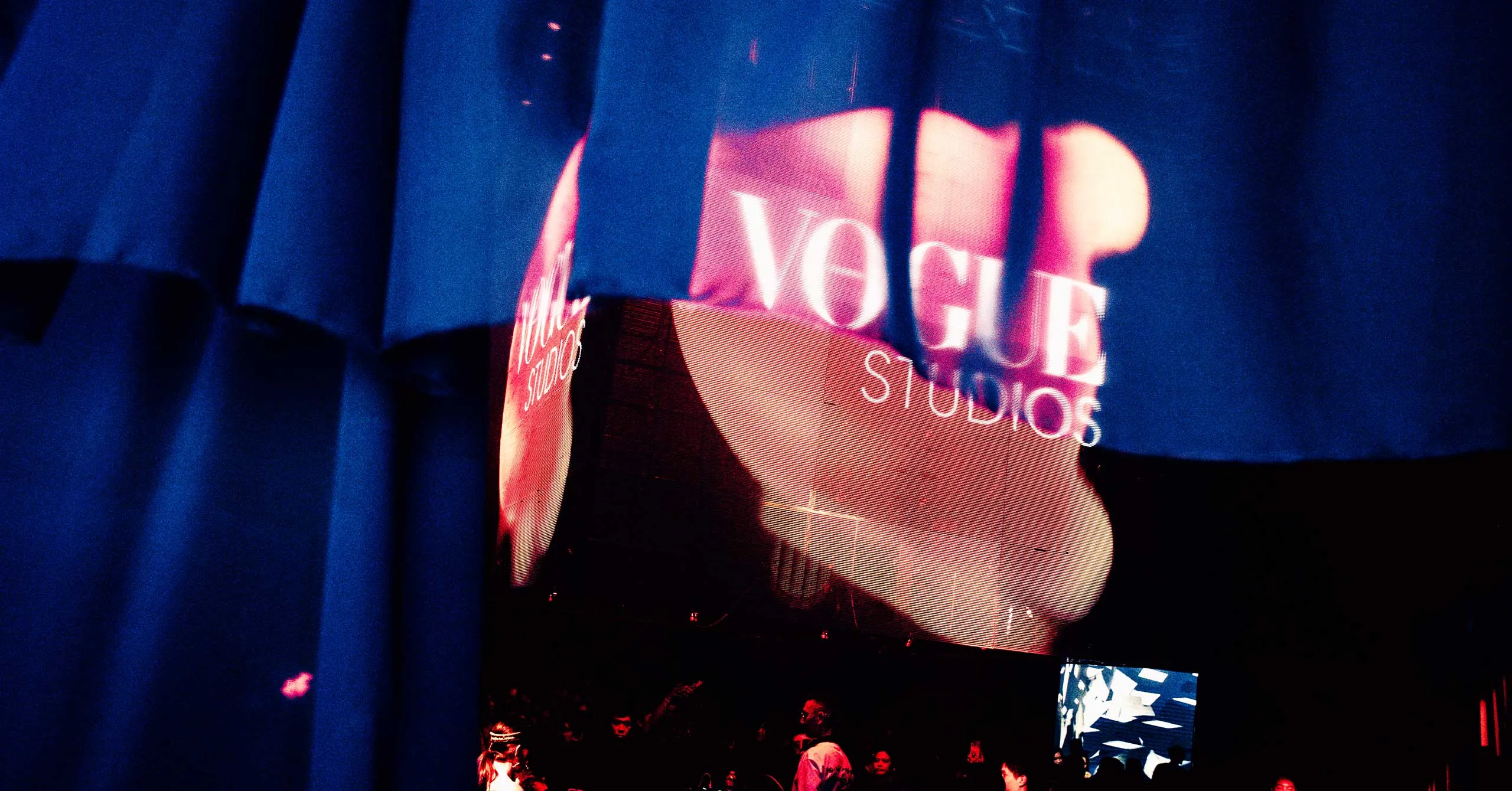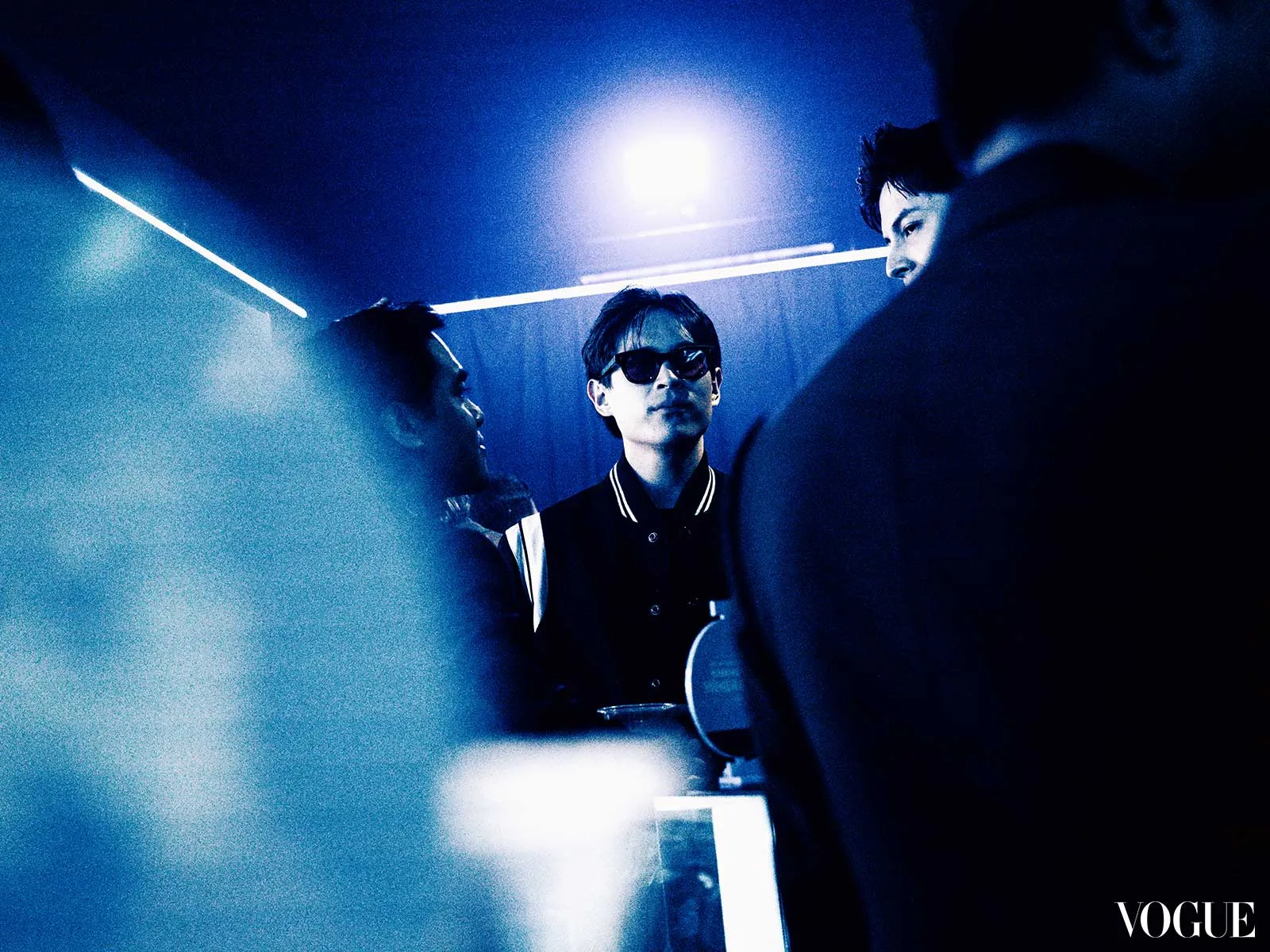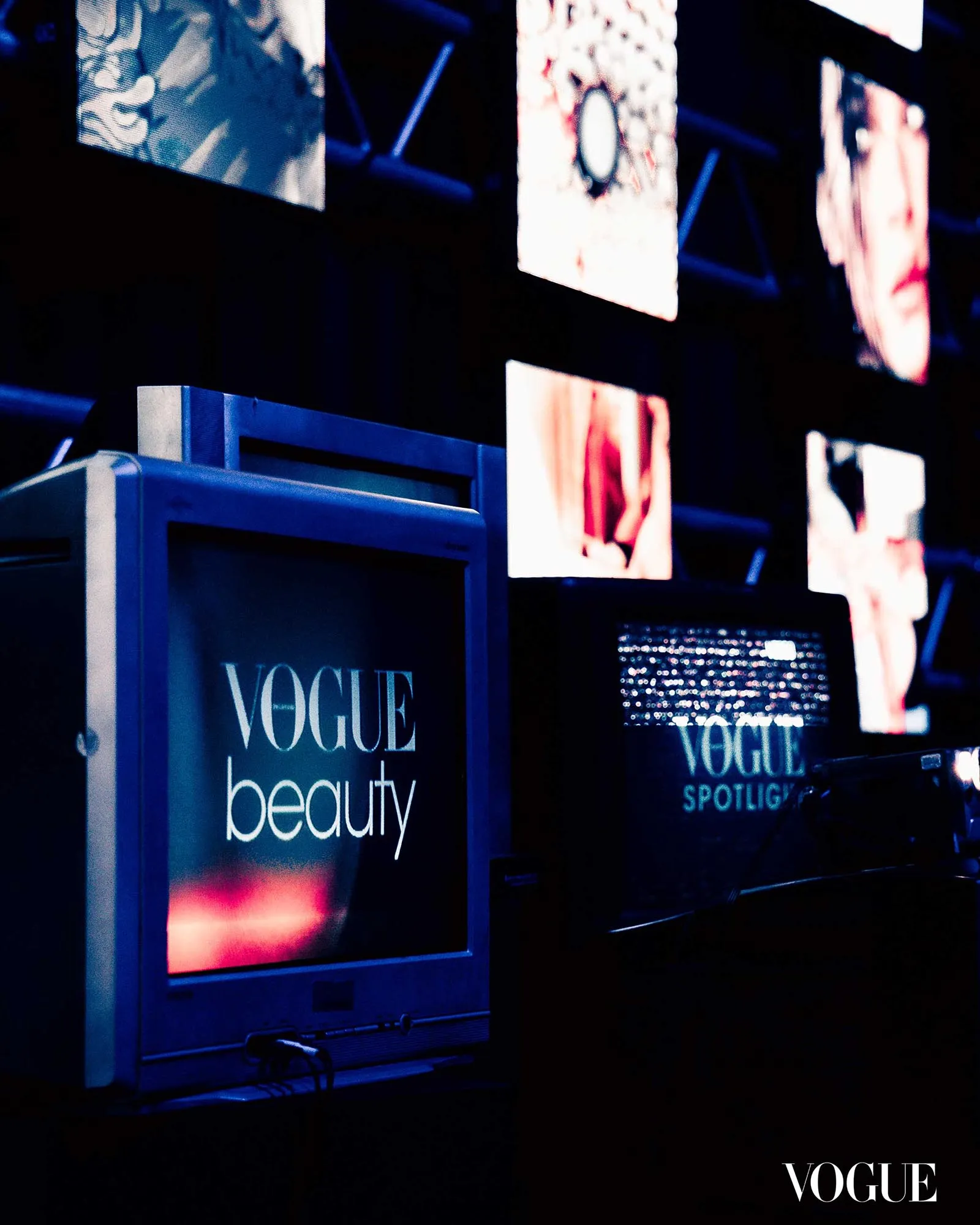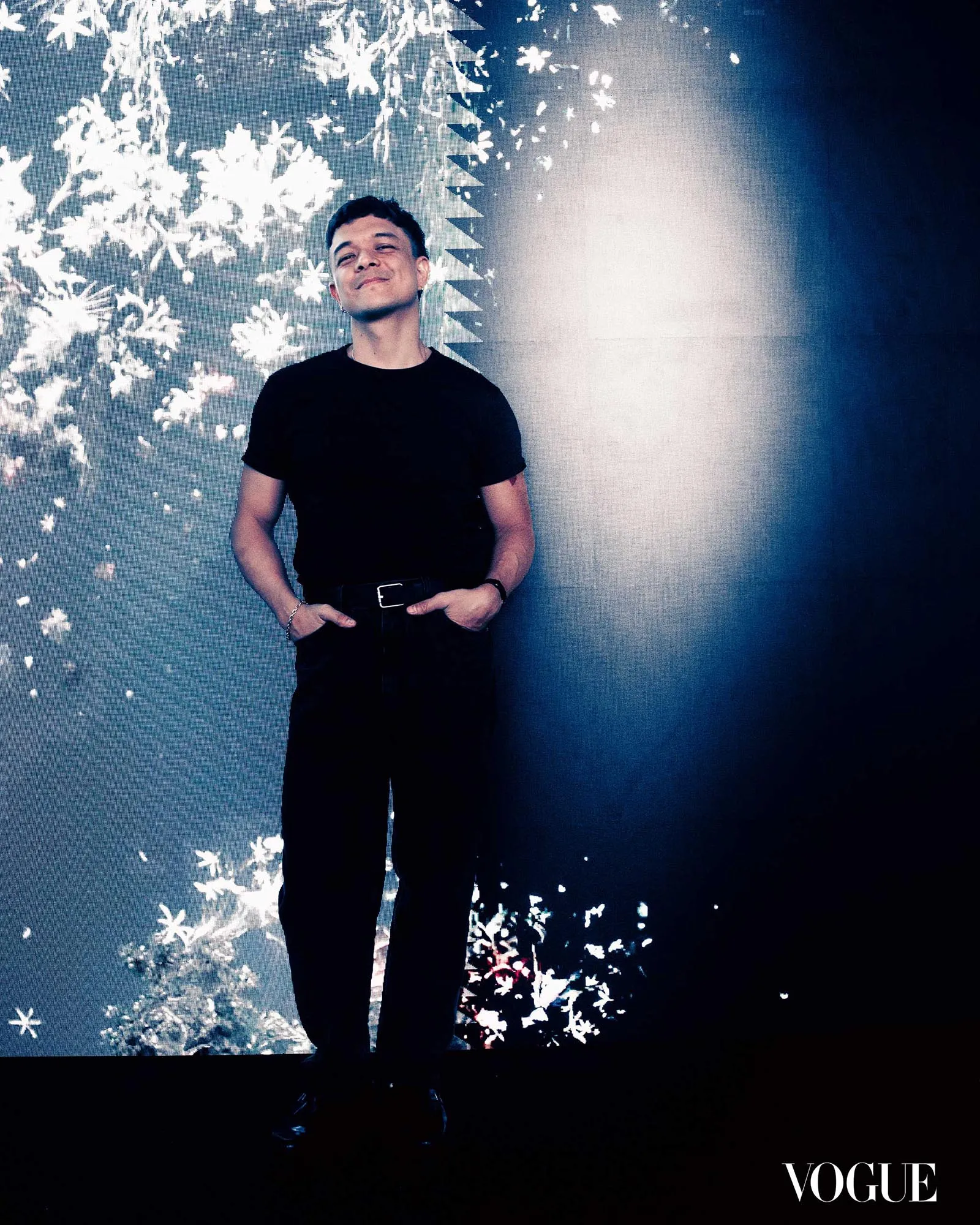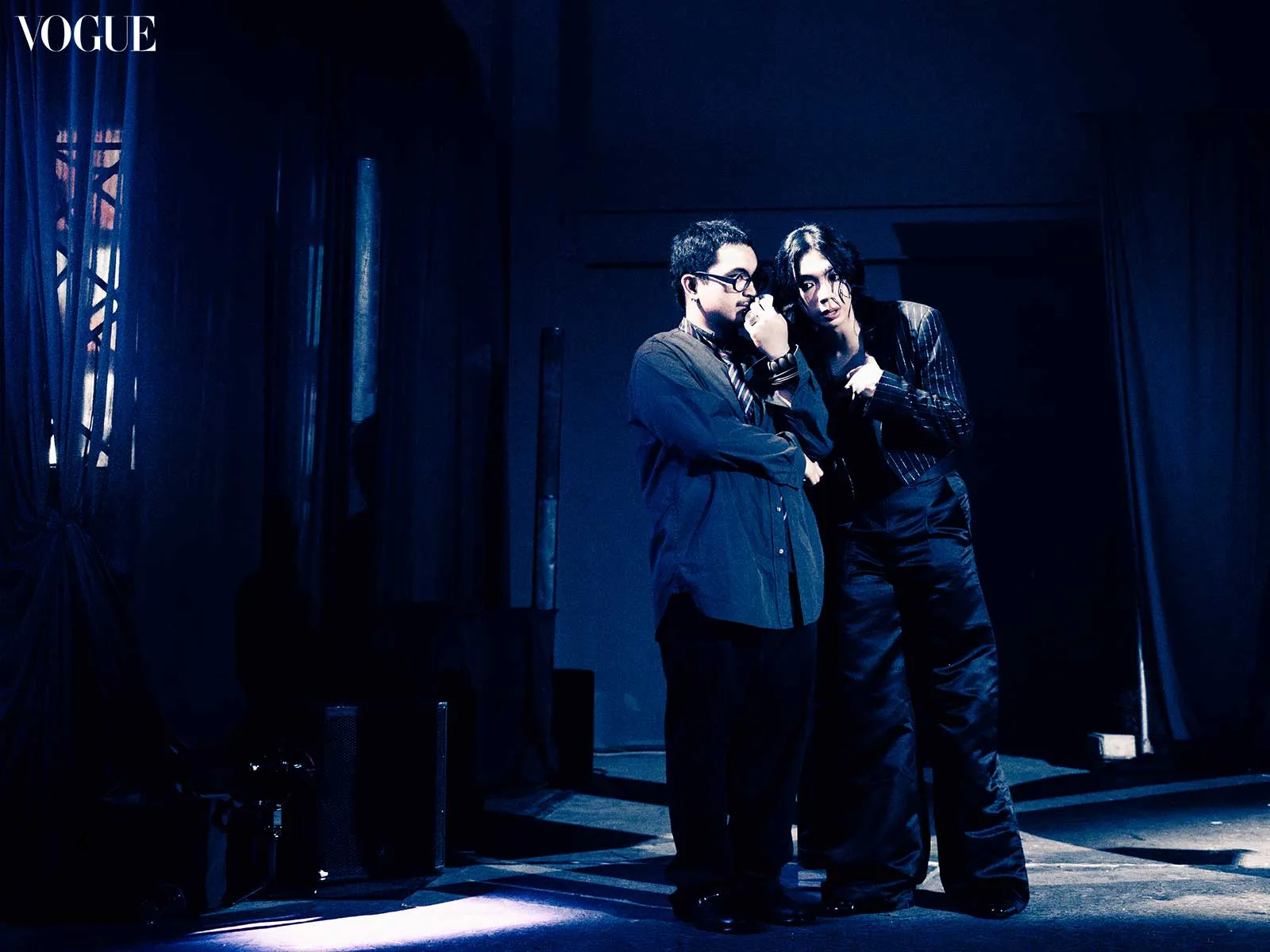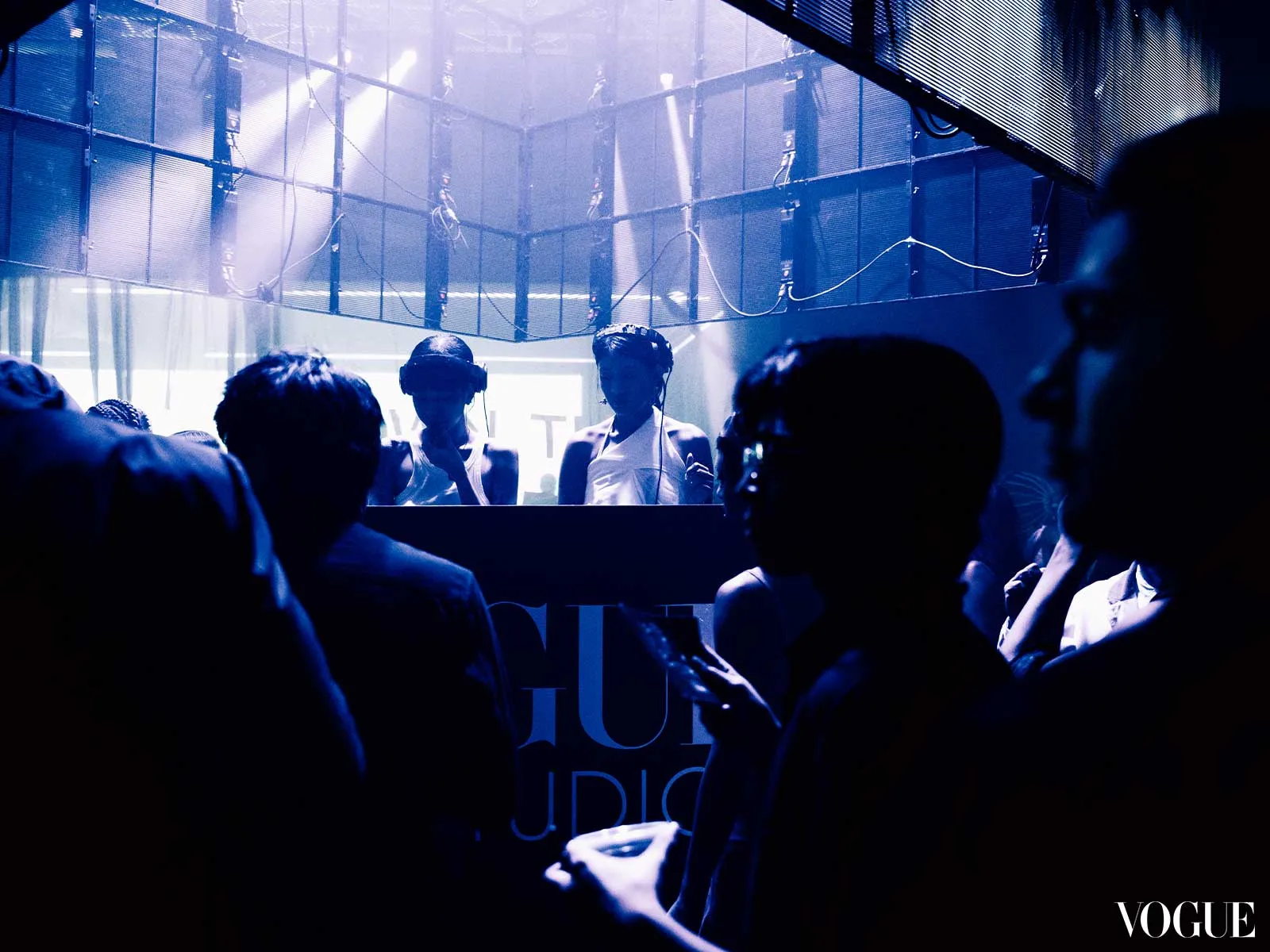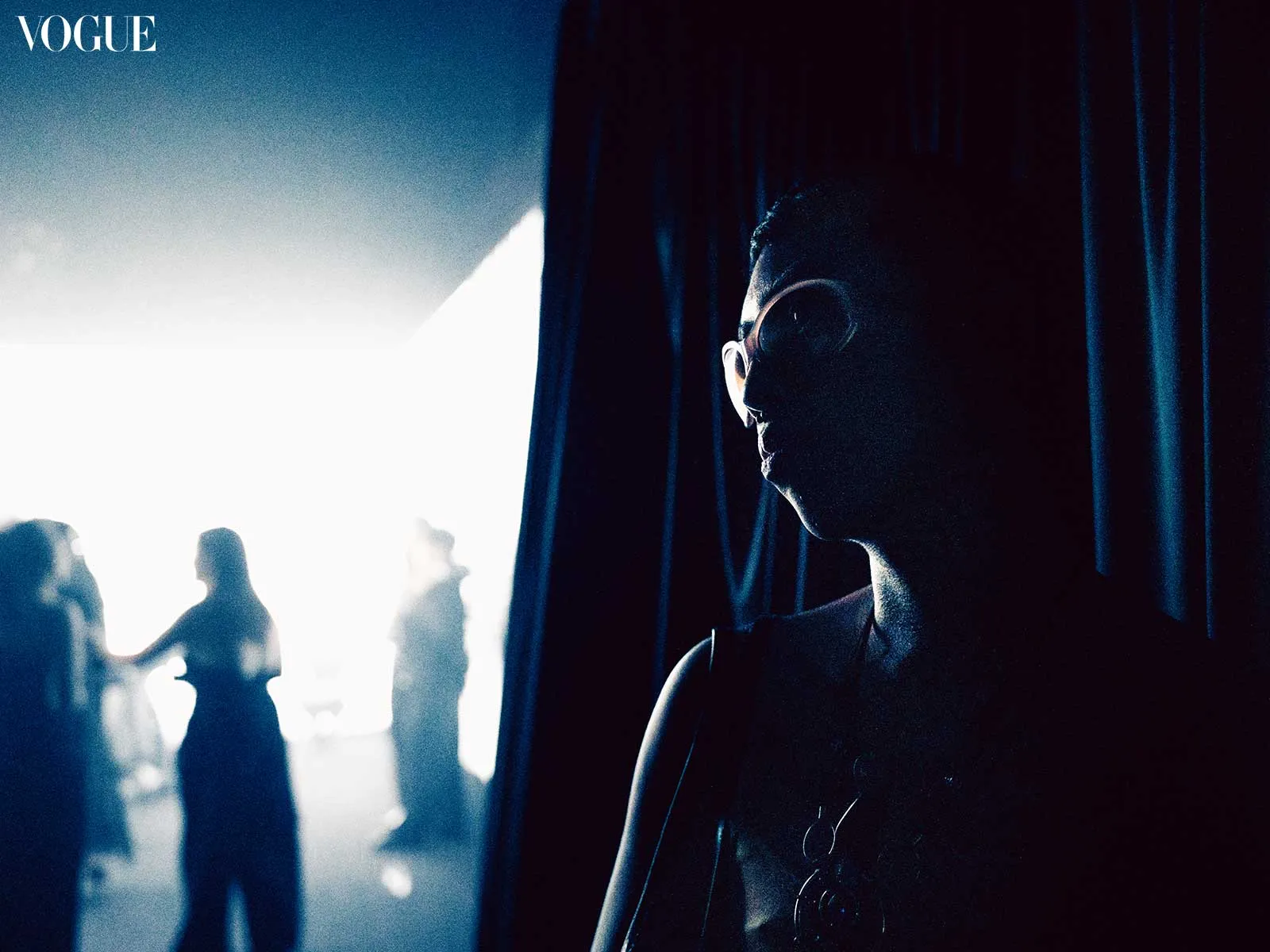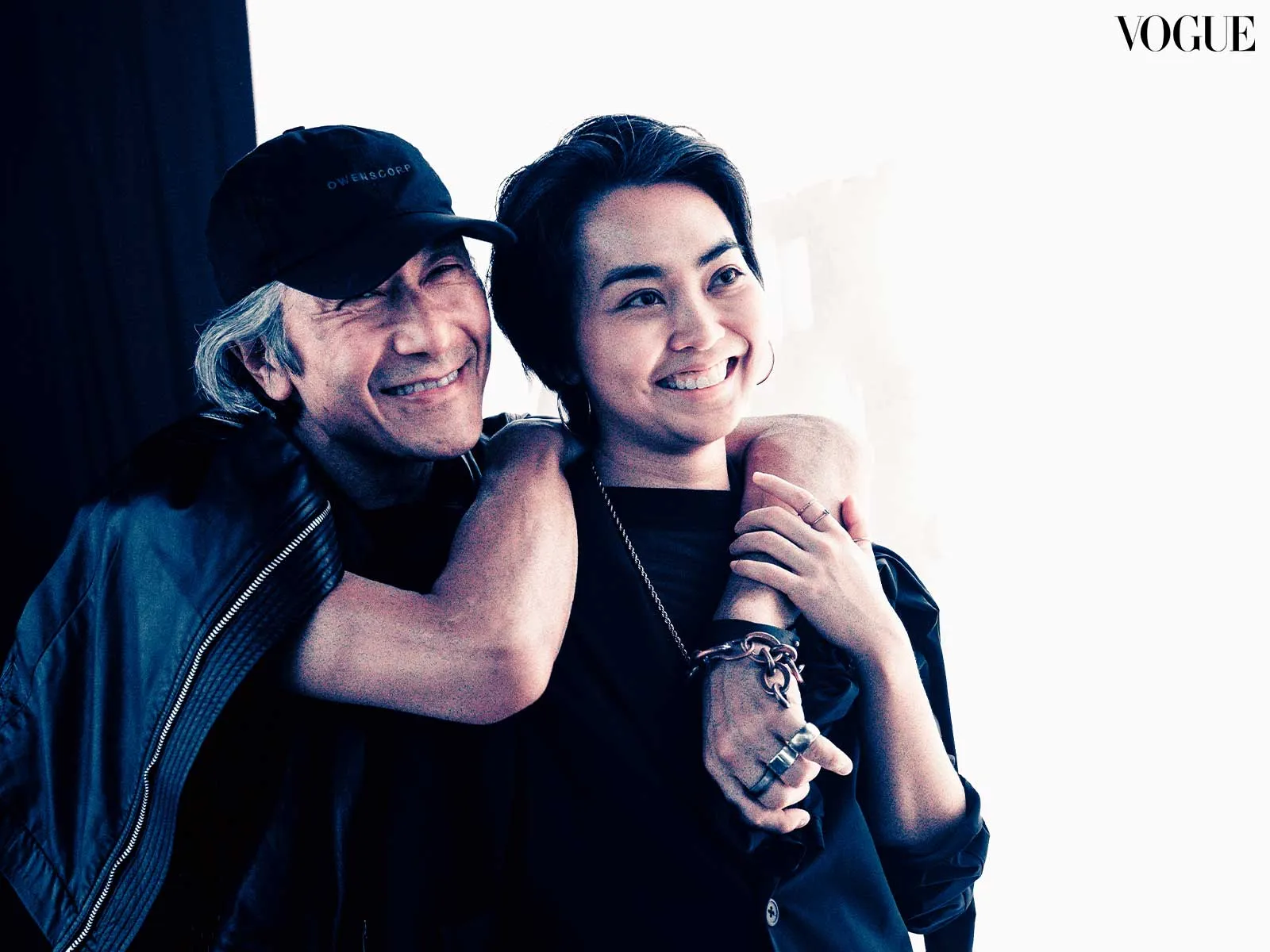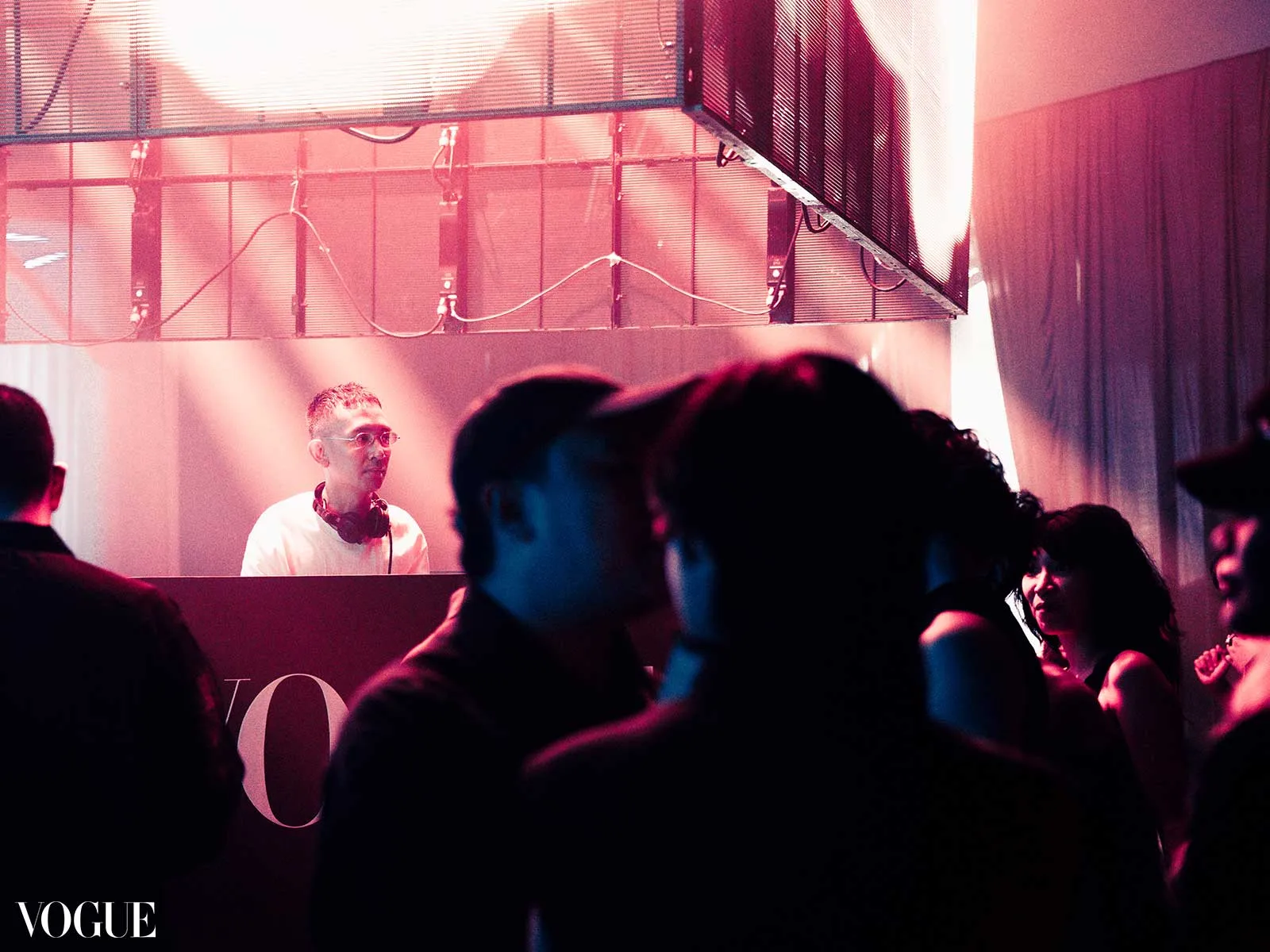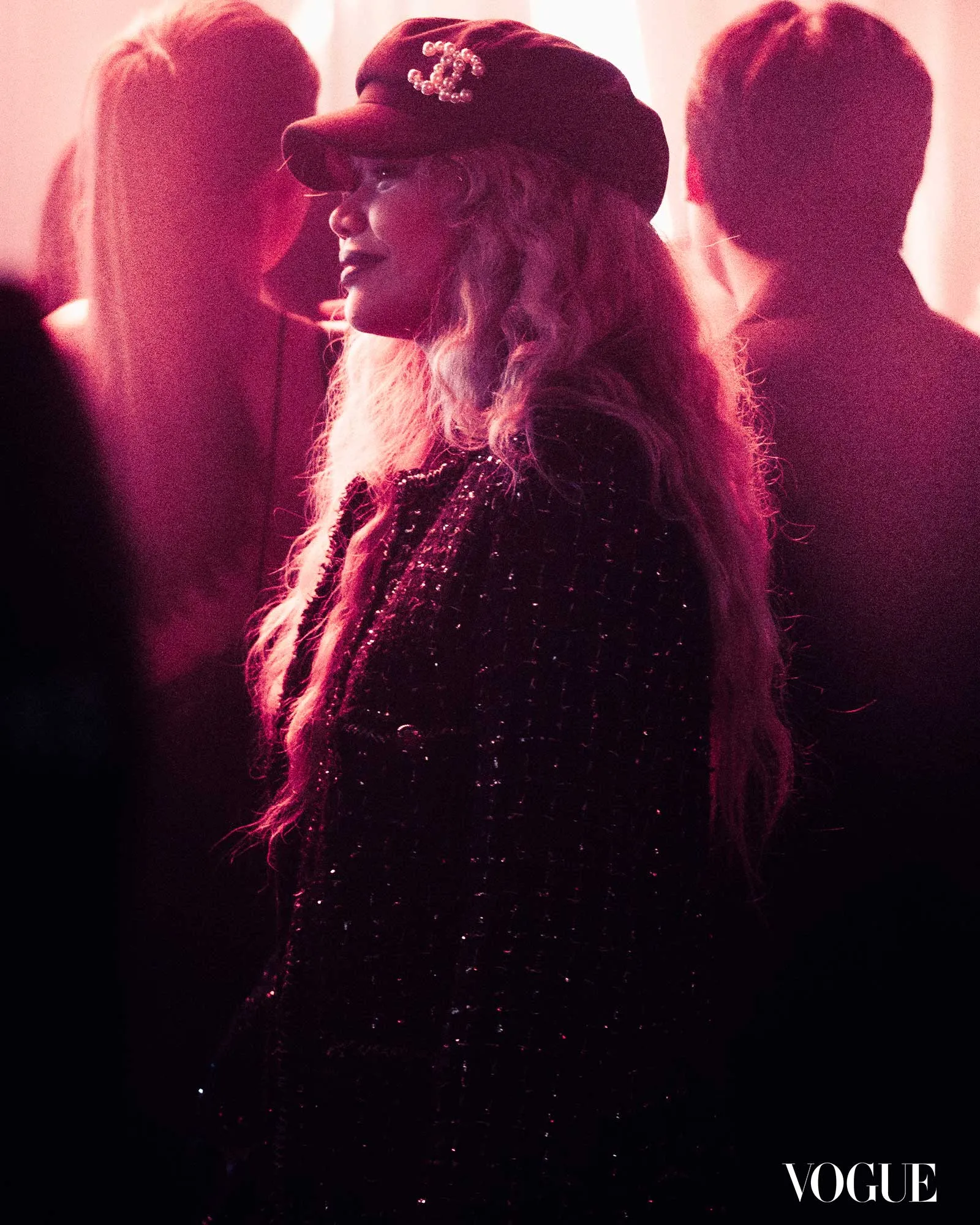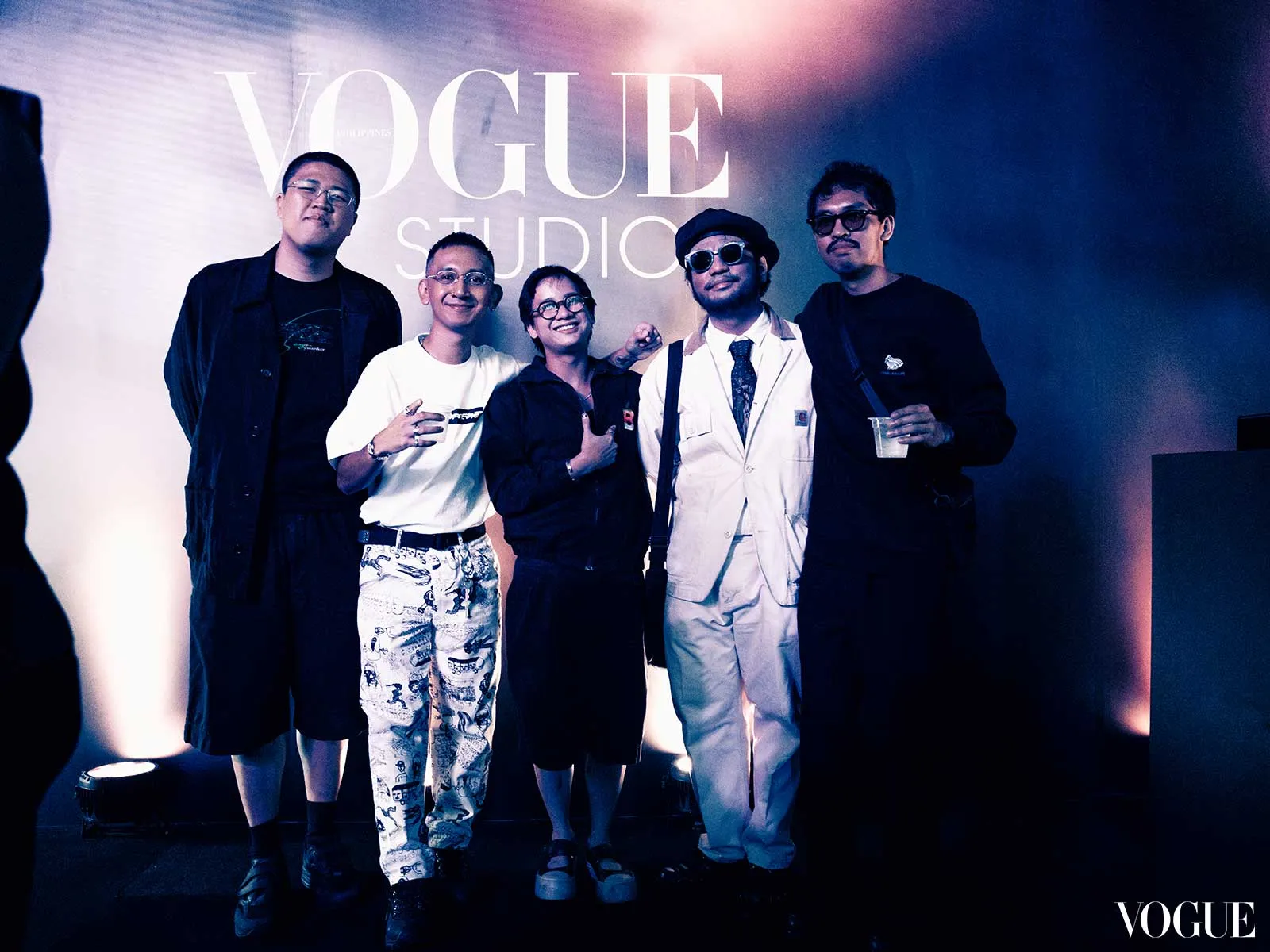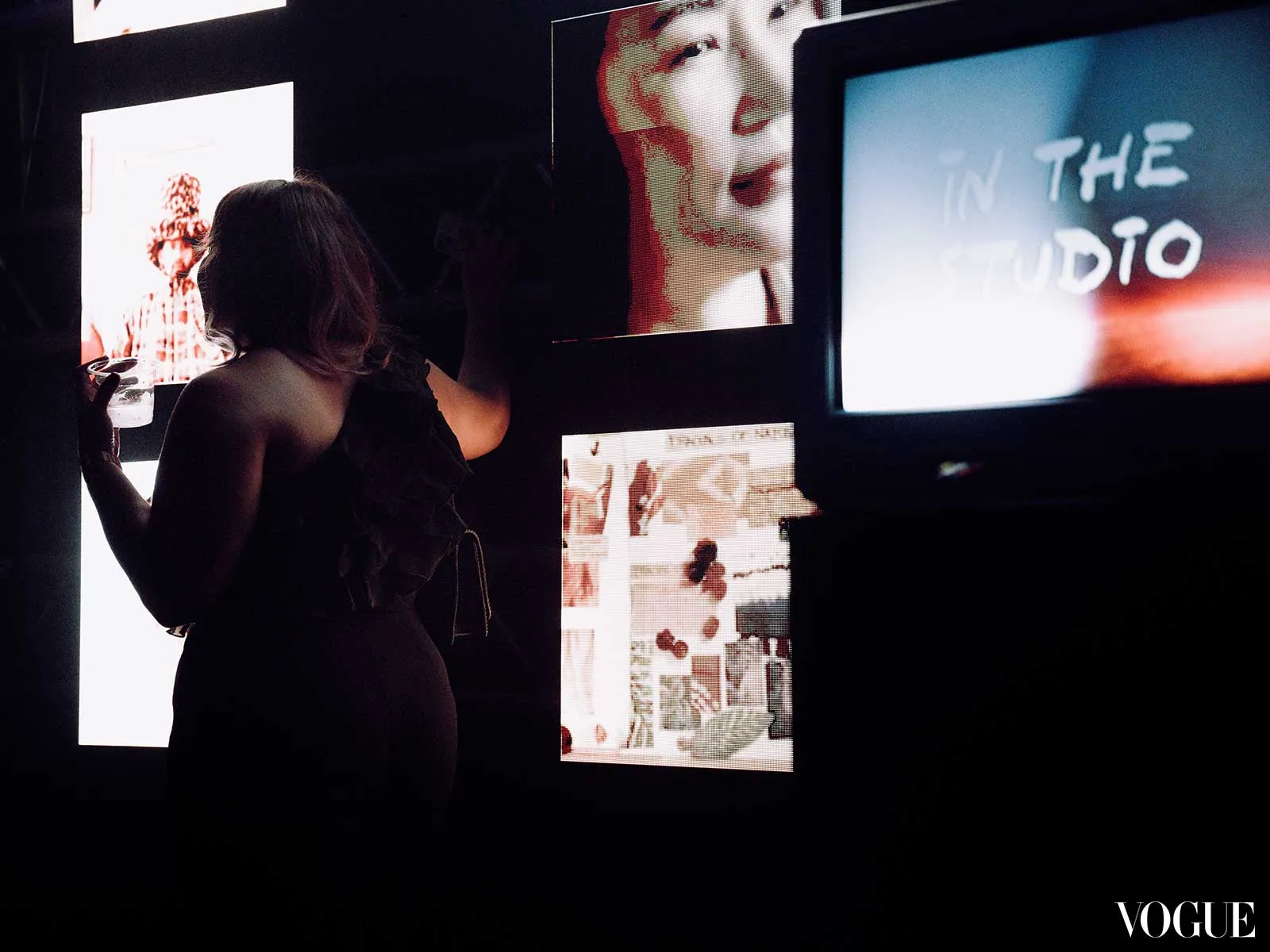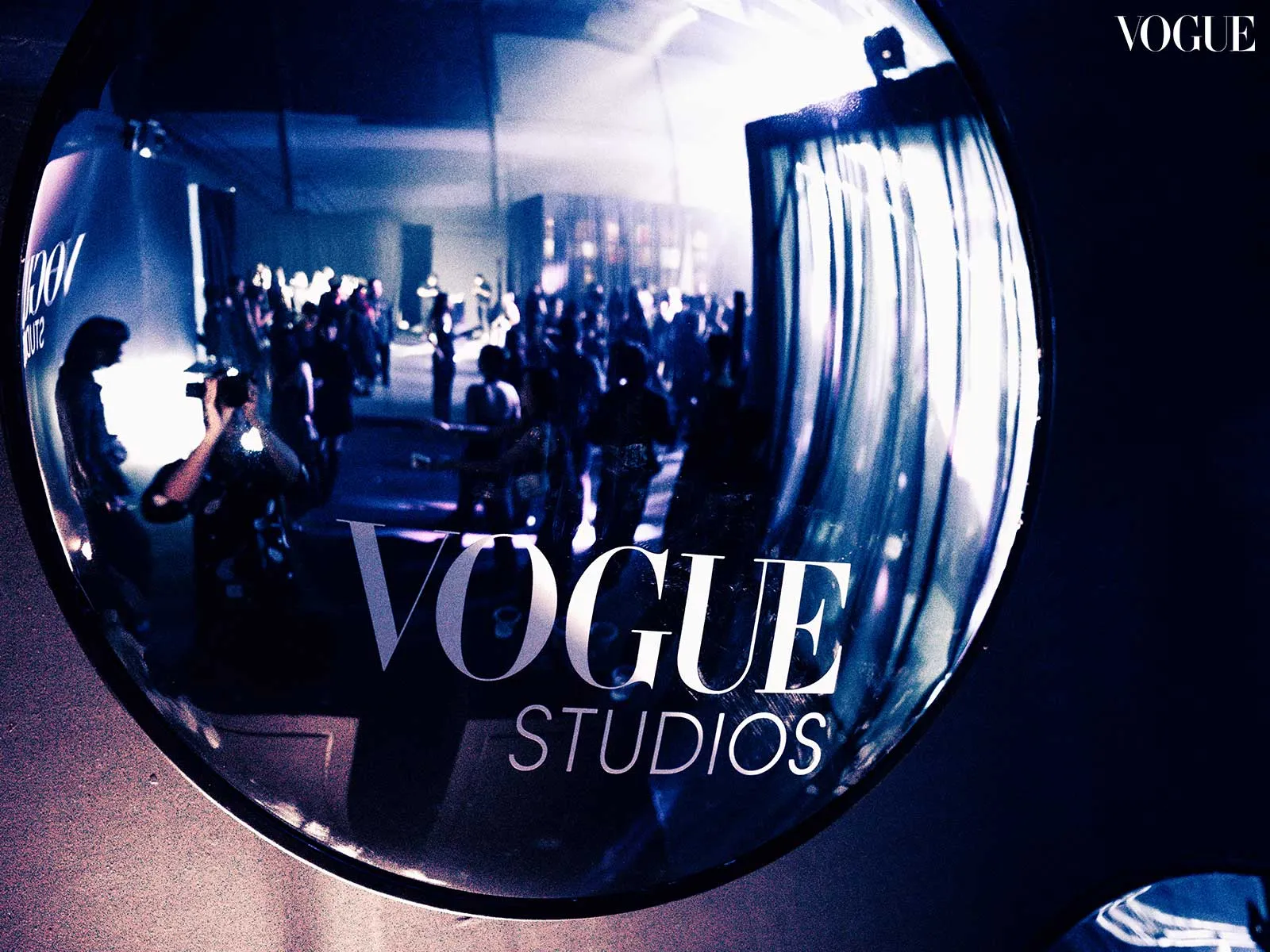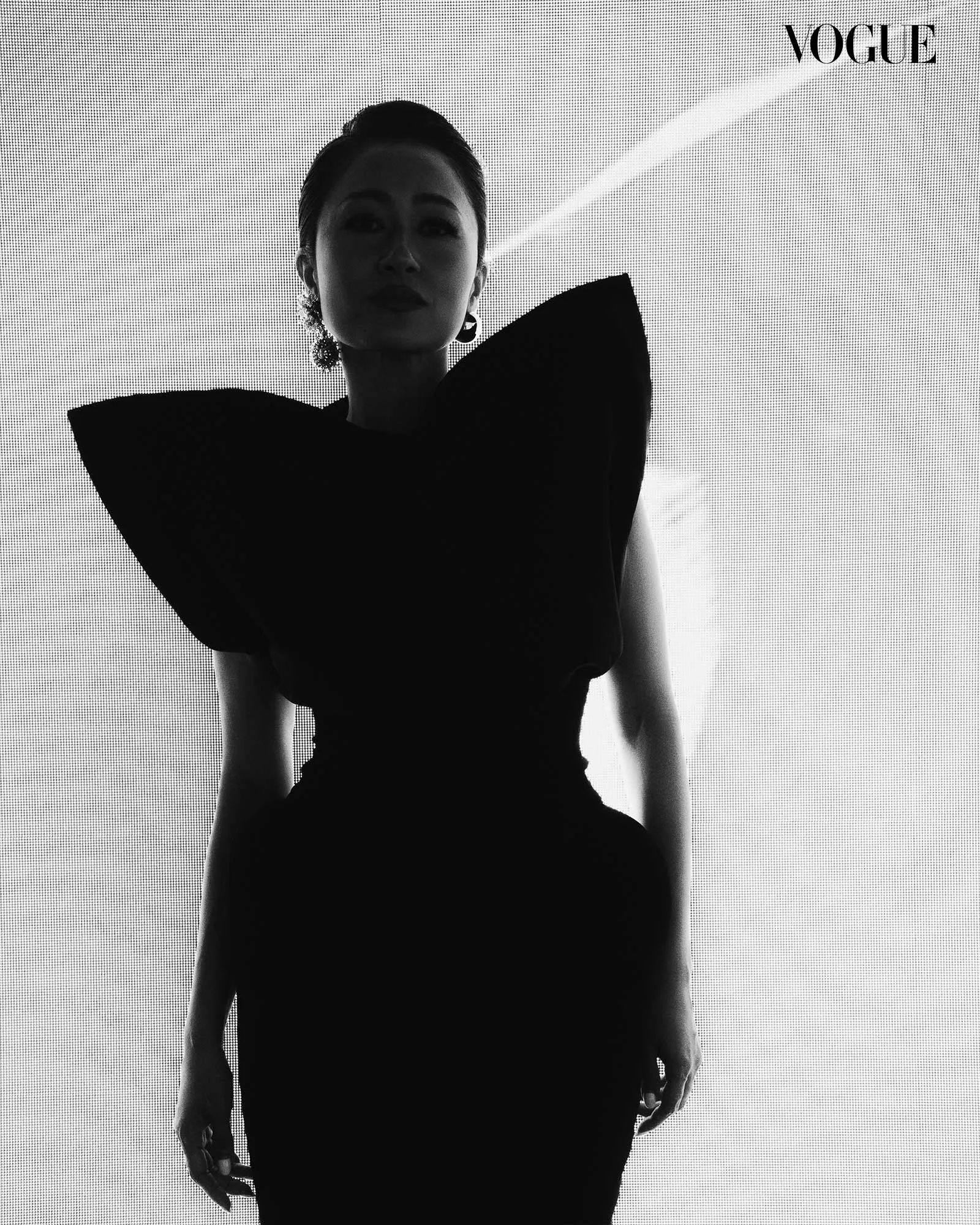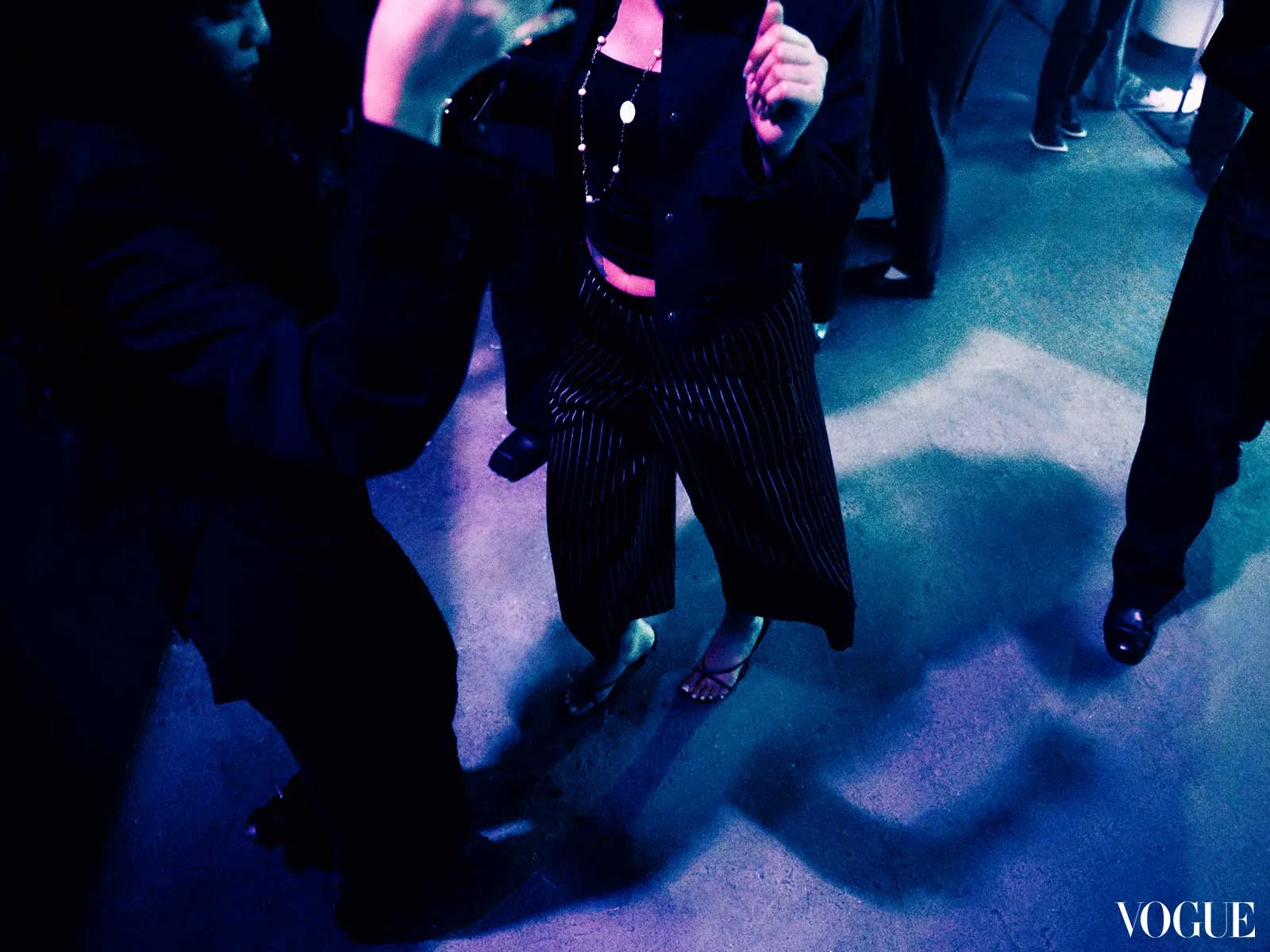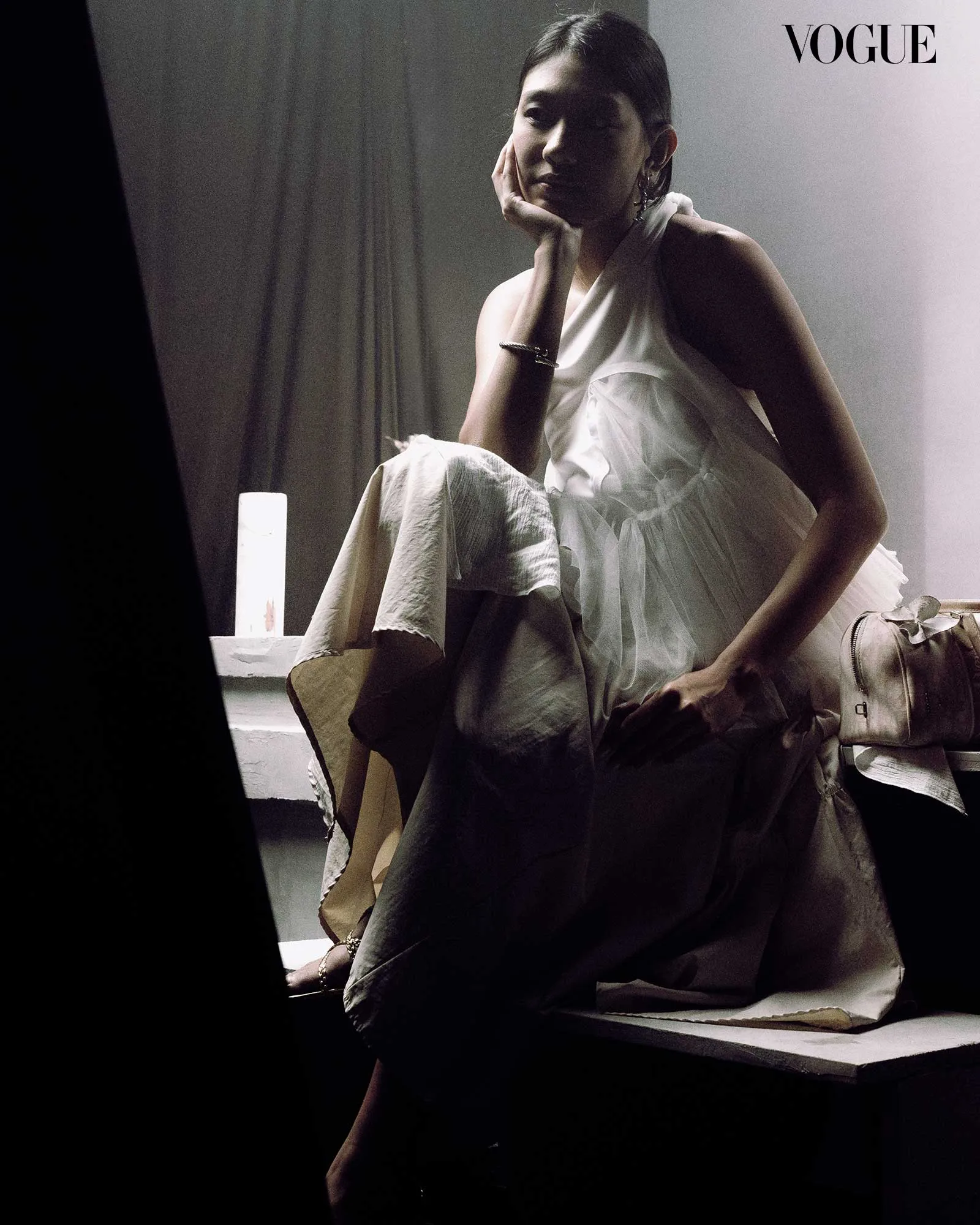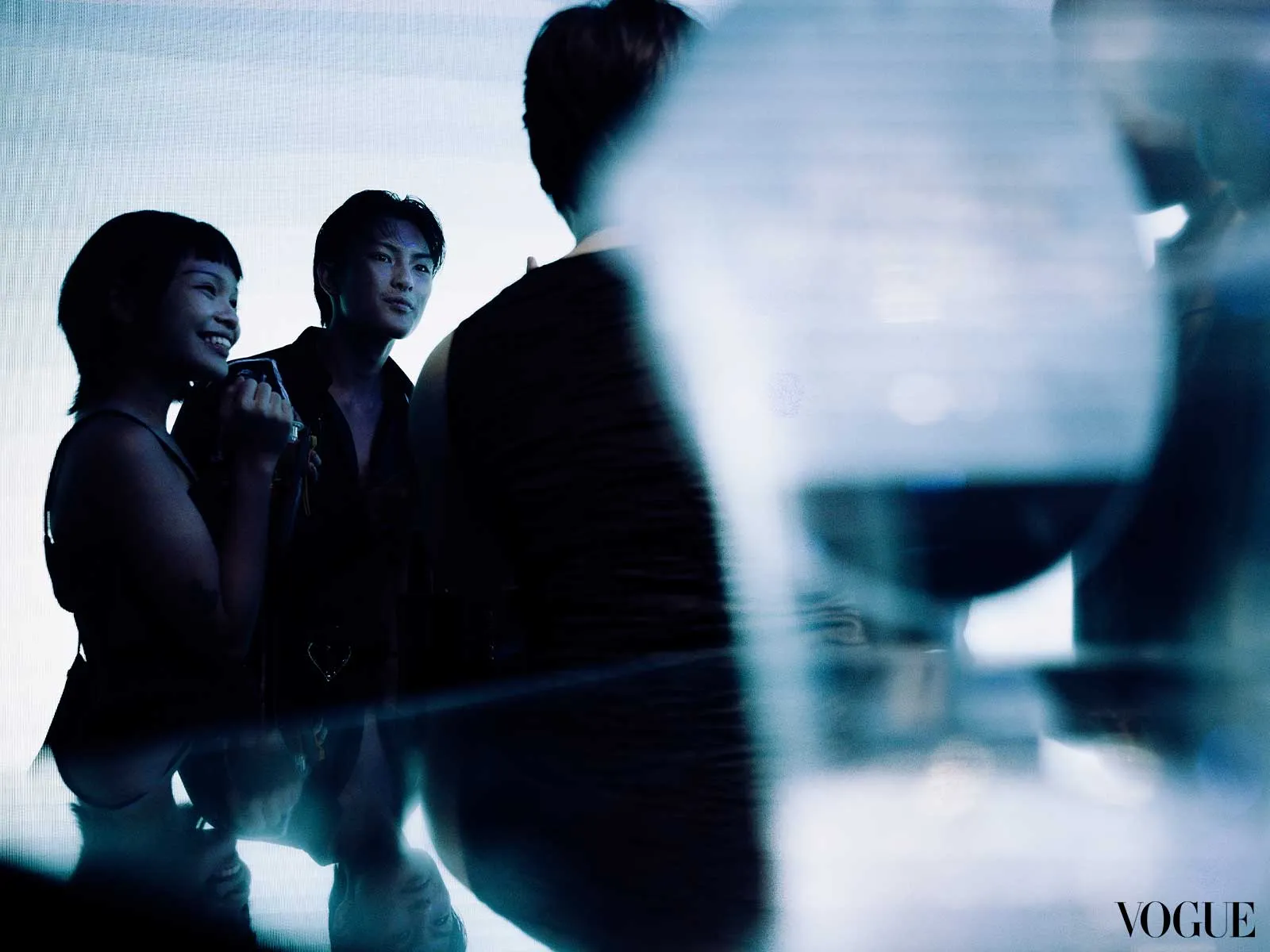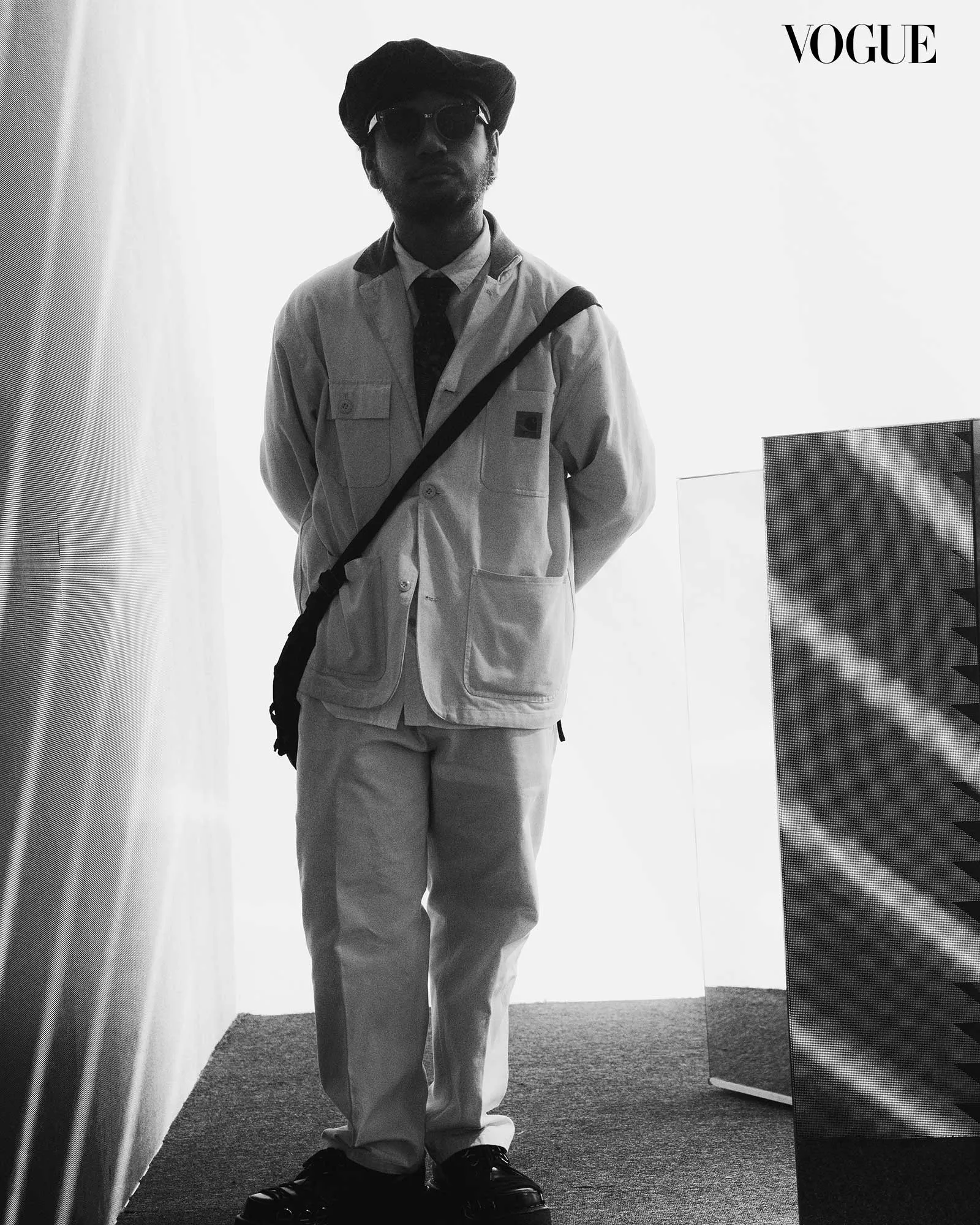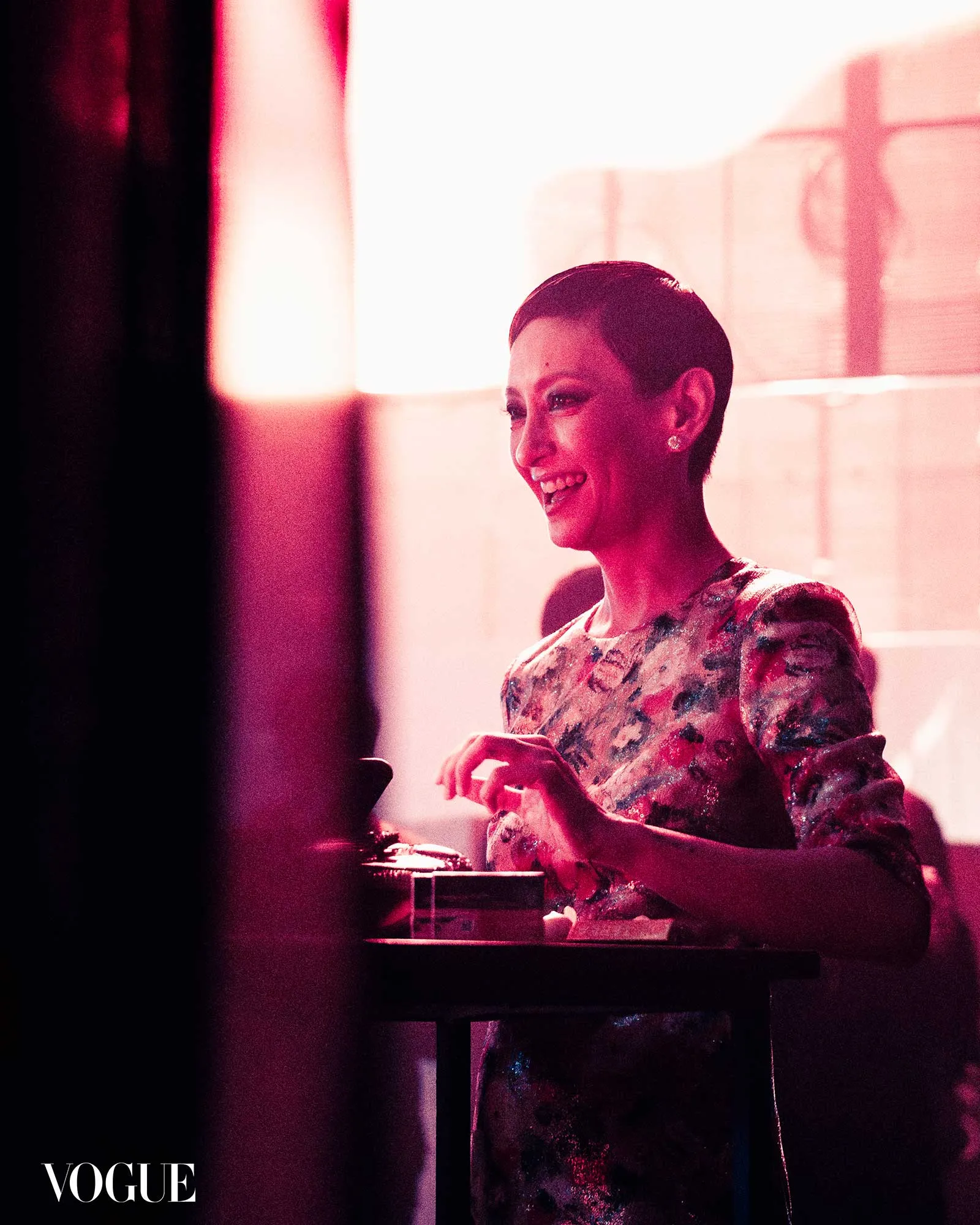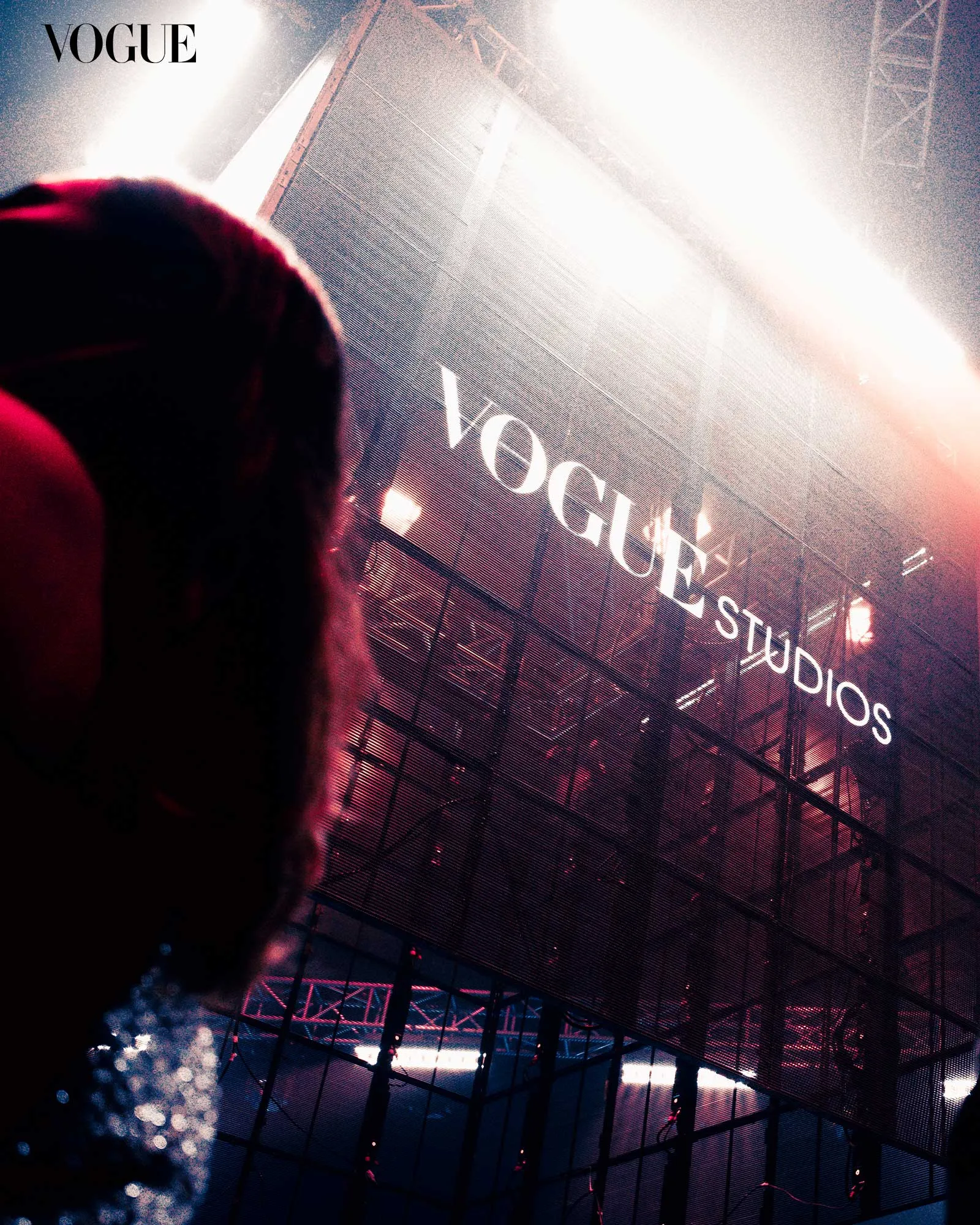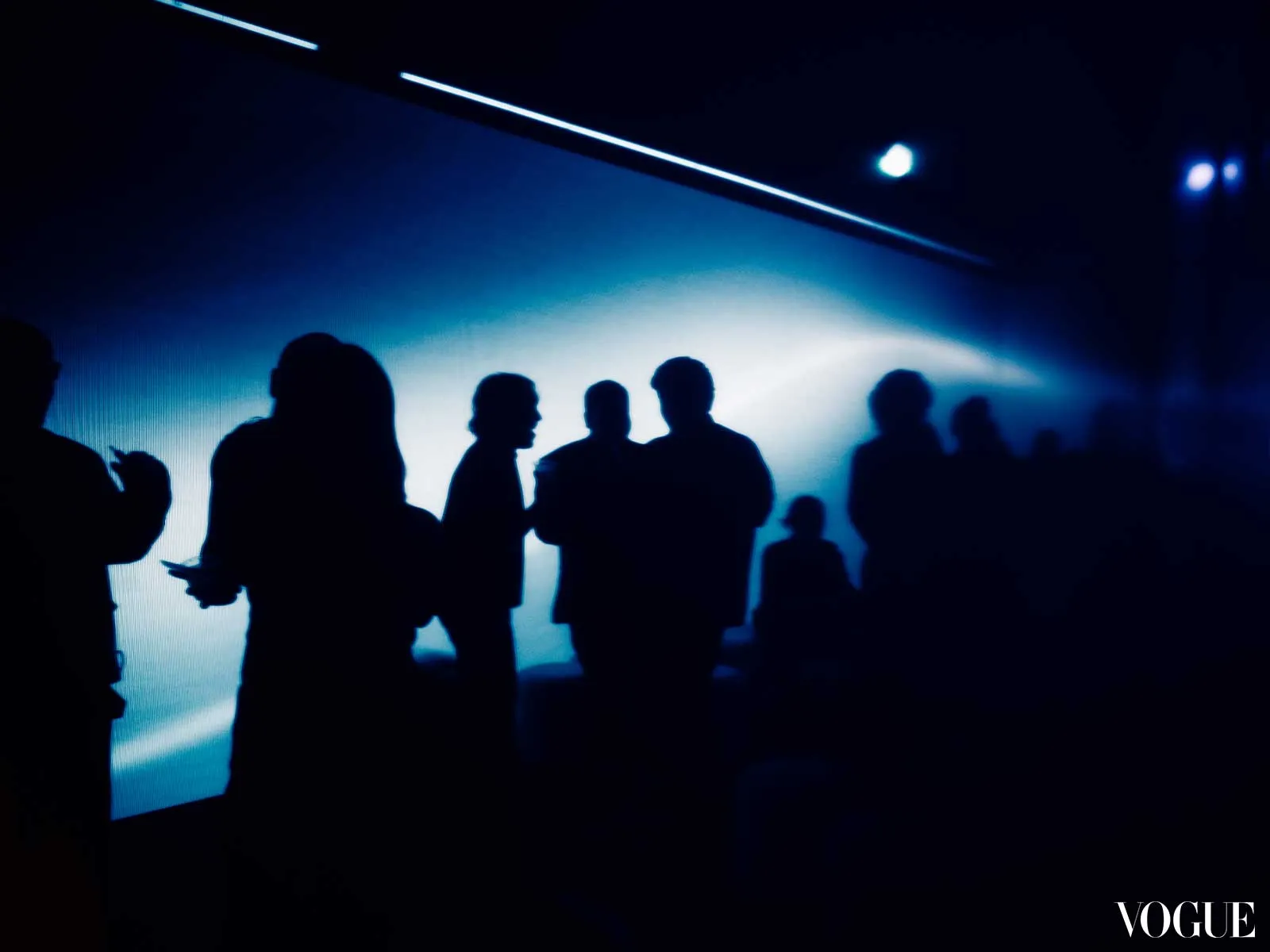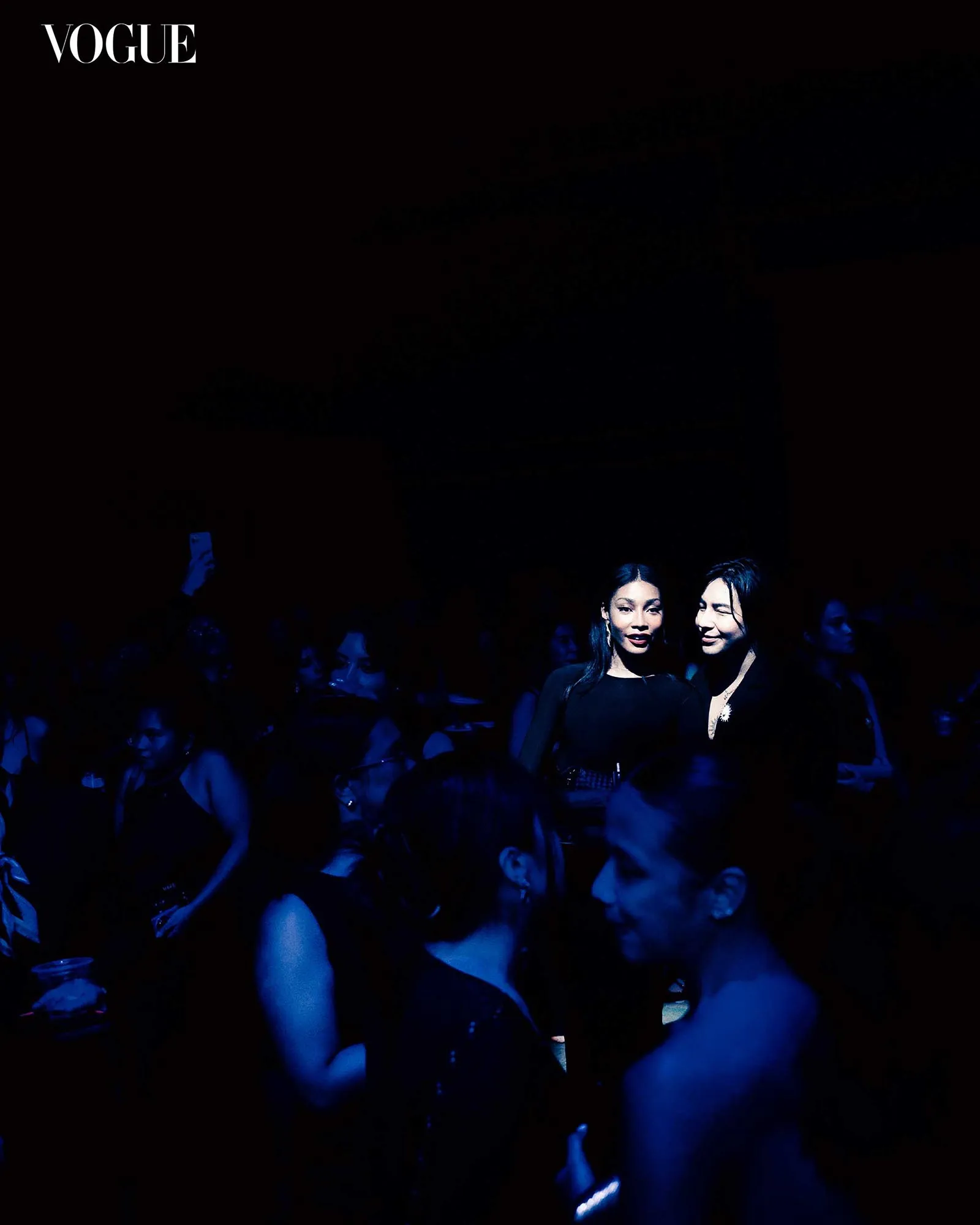Photographed by Gab Villareal
Photographed by Gab Villareal
From immersive LED installations to dynamic performances, the Vogue Studios Philippines launch party brought the spirit of collaboration, innovation, and artistic freedom vividly to life, celebrating the debut of its new media channels in true creative form.
On August 6, Vogue Philippines marked a new chapter with the launch of its new media channels at an event titled Vogue Studios Philippines, held at Makati’s Shooting Gallery in Manila. The launch party wasn’t just a celebration; it was an immersive experience designed to reflect the studio’s mission of creating original, platform-specific content that goes beyond print. “[The Media Channels department] is about creating content that stands alone, content that’s not just a supplement, but a world of its own,” says media channels editor Anz Hizon.
Among the upcoming projects announced were the brand’s original YouTube shows, the newly globalized Vogue Faces casting call initiative on TikTok, and a Vogue Philippines podcast set to debut on Spotify and Apple Music by the end of the year. The party served as both an unveiling and a mission statement, crafted to reflect the department’s commitment to collaboration, innovation, and community.
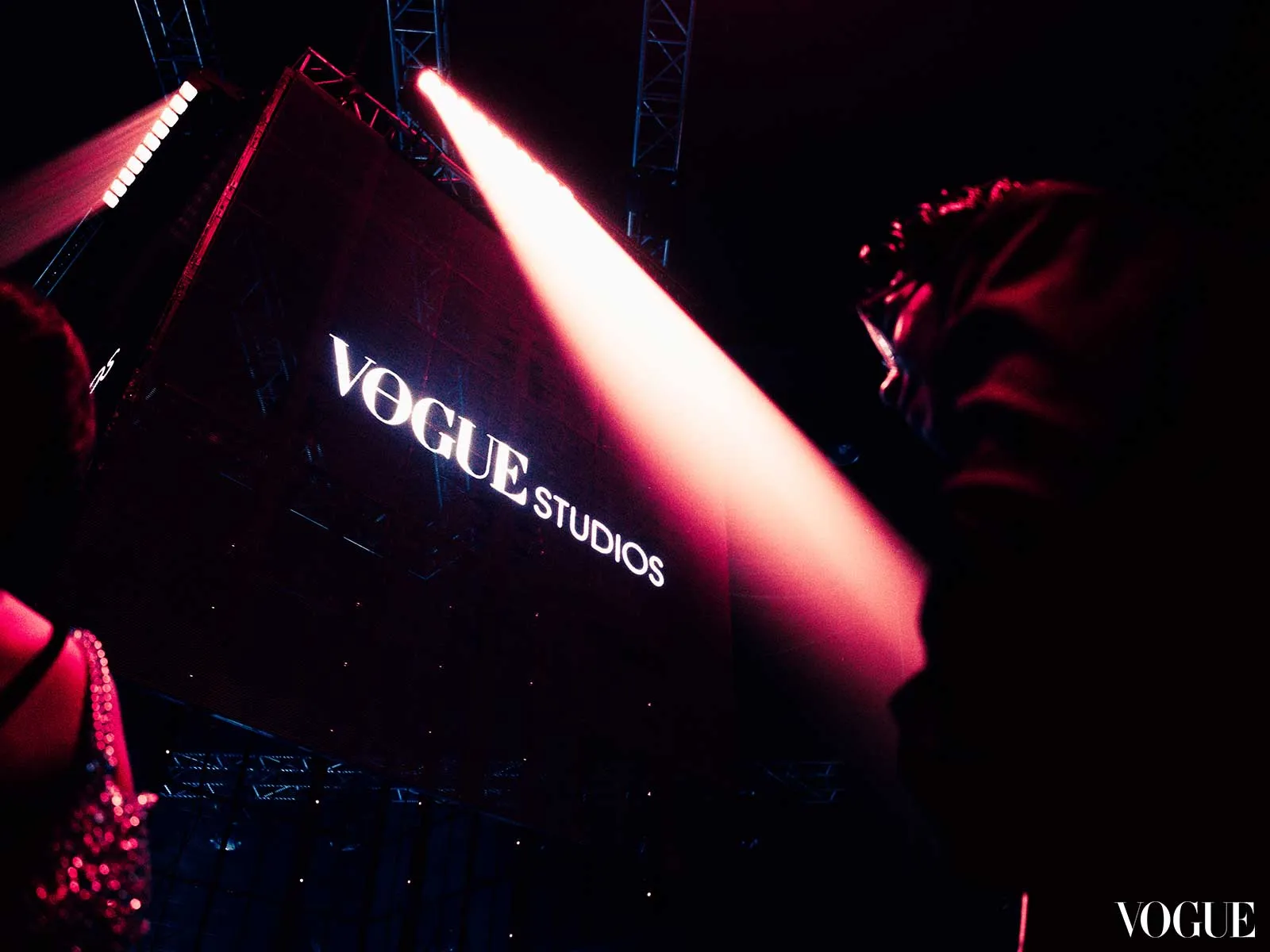
Guests, primarily from the editorial, fashion, film, design, and art worlds, entered through an LED tunnel created by Royd Santiago, a 3D and multimedia artist whose work set the tone for the night. His four-part visual series drew from Rick Rubin’s The Creative Act and was inspired by the emotional and spiritual rhythms of the creative process. The works: Seed of an Idea, 1st Draft, Tools of the Craft, and State of Flow, blended dreamlike textures and ambient colors, evoking the fragile but expansive moment when ideas begin to form. “I wanted the visuals to feel immersive but gentle,” Santiago says. “Each one represents a stage of the creative journey. They were meant to resonate with artists who know what it feels like to chase an idea through chaos, discipline, and eventually into clarity.”
Inside the main hall, guests gathered beneath a suspended cube that pulsed with light and motion, among them were Jericho Rosales, Kyle Echarri, LA Aguinaldo, Kirk Bondad, Ruru Madrid, Bianca Umali, Cassy Legaspi, Kira Balinger, Shuvee Etrata, AZ Martinez, and more. Designed by Kendrick Cay, the multimedia artist and fashion designer behind Construction Layers. Cay’s contribution played with abstraction, kinetic loops, and evolving color palettes that reflected the energy of transformation. “I was thinking about how energy shifts in a space,” Cay says. “The visuals were subtle and rhythmic, designed to add to the environment without overwhelming it. It was important to create something immersive but not commanding, so people could enjoy it in their own way.”
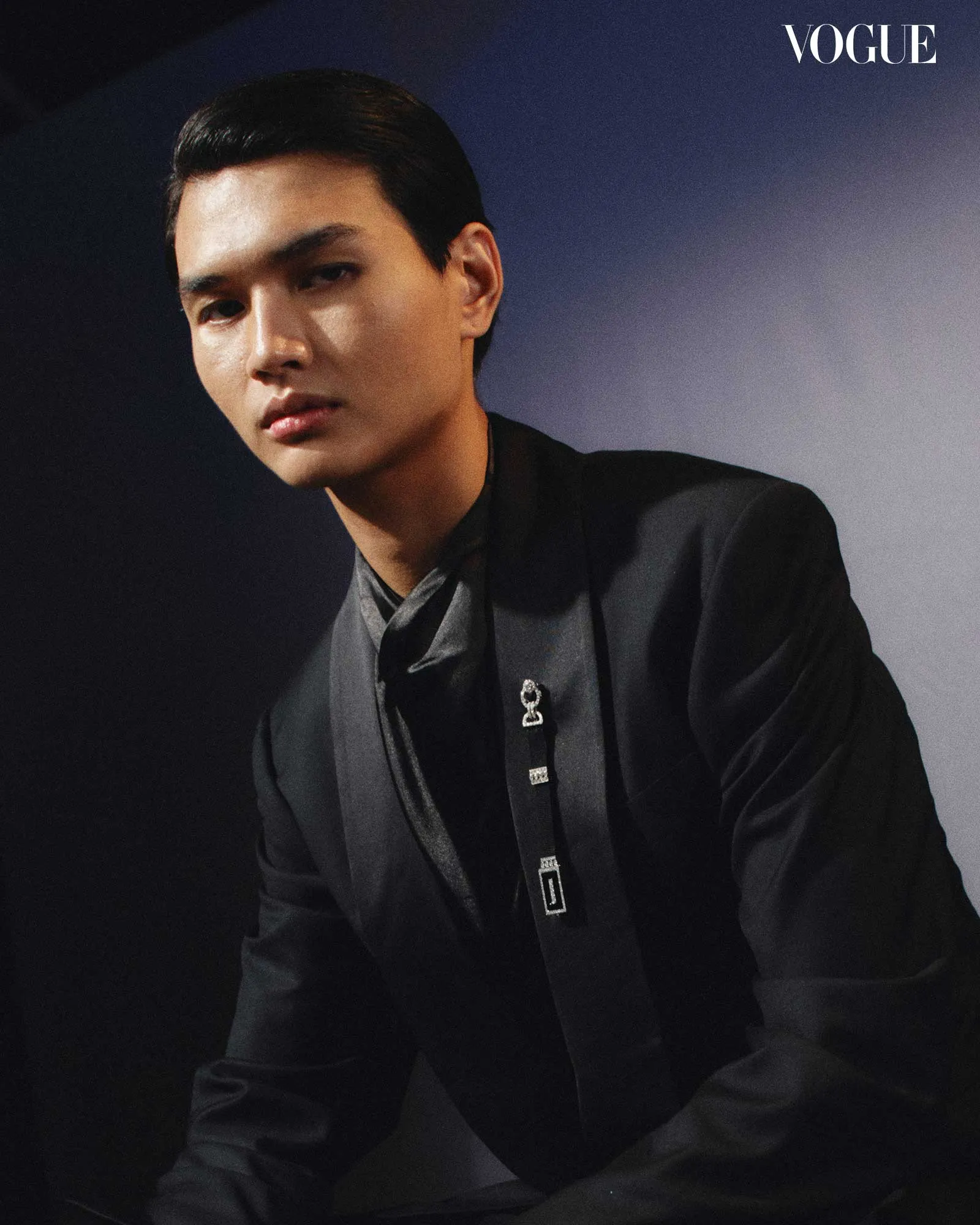

Two themed rooms further extended the studio’s core message. The first was a simulated film set, created in collaboration with set designer Paul Jatayna, which offered guests a behind-the-scenes look at how Vogue Philippines will approach video content. Even for guests familiar with production, the installation was a way to physically step into the kind of environments where content is made. The second room served as a media archive, showcasing a curated selection of Vogue Philippines’ digital video work to date: everything from early fashion shoots to recent documentaries, with a vintage camcorder on record to allow guests to transport themselves to 2043. “We wanted guests to walk through and understand the journey so far,” Hizon says. “To see how we’ve already been telling stories in this space, and where it’s headed next.”
To realise the visual and experiential direction of the event, Vogue Studios Philippines enlisted the expertise of Jan Pineda, an event producer and the force behind the influential queer rave series SMUTT. Known for creating spaces rooted in intention, Pineda was tasked with translating the studio’s conceptual goals into a dynamic scenographic environment. “They reached out after attending one of our events,” says Pineda. “We wanted to create a space where guests could feel inspired, creative, and free to enjoy the night. The collaboration involved close to 150 people: artists, lighting designers, sound technicians, set builders, coordinators. It was a huge team effort.”
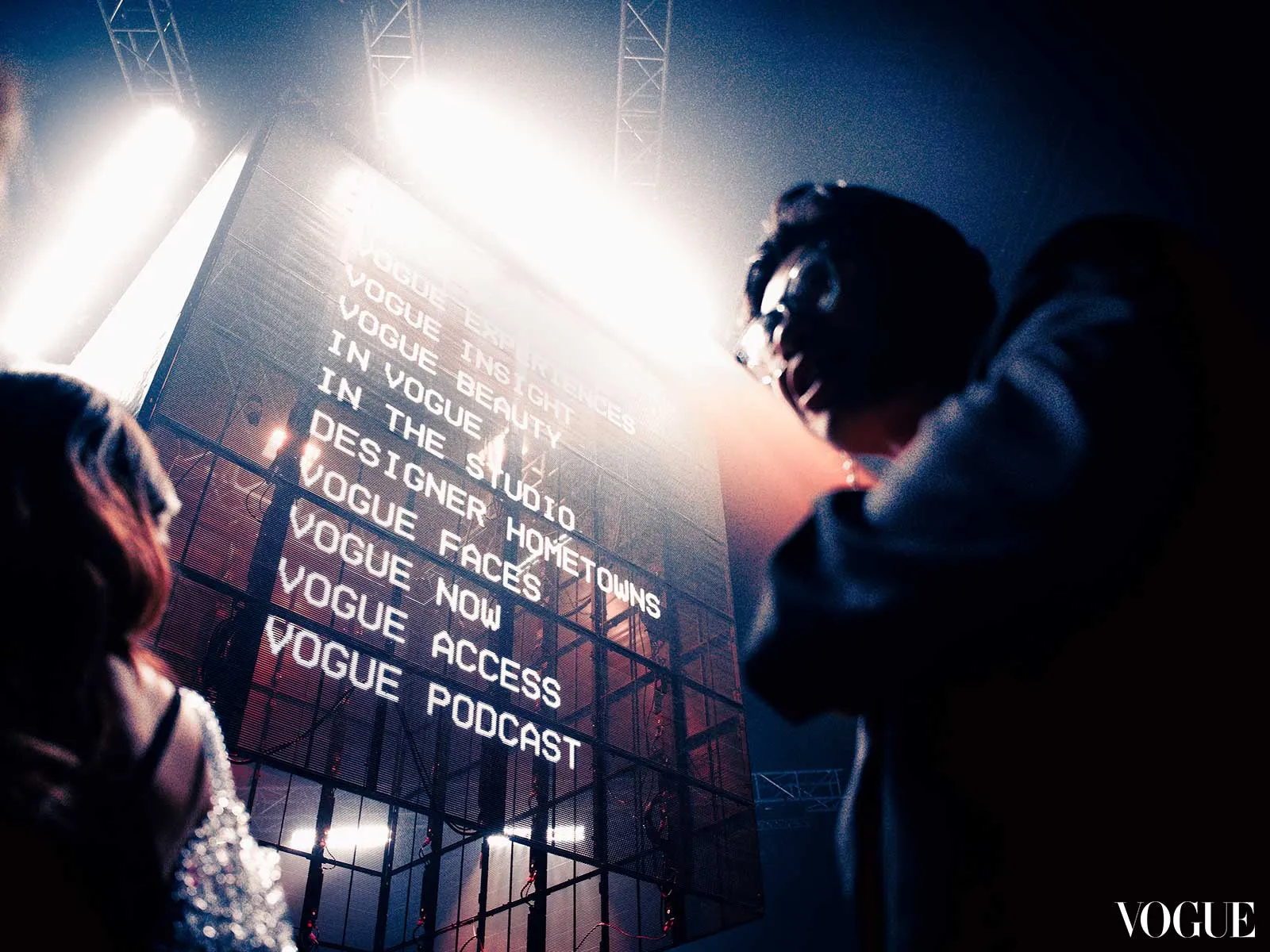
Dressed in sheer white mesh tops and glittering, frayed denim baggy pants, the quartet dance crew known as A-Team erupted onto the floor with the energy of a final-round battle scene straight out of Step Up film. As a pixelated LED cube dropped dramatically to the center of the room, they circled it in a tightly synchronized formation, performing a high-impact choreography that fused hip-hop, reggae, and EDM into one electrifying routine. There was something almost ritualistic, even tribal, in the way they moved around the cube, deliberately positioning themselves to give the audience a full 360-degree view from every angle. Fluid floorwork met razor-sharp transitions, their bodies moving as one with the precision and polish of a K-pop act, but with a rawness that made it feel unmistakably their own.
The night’s soundtrack was curated to evolve with the mood, with a DJ lineup that included Lui Pimentel, Christal Chung, Gabby Agbagyani, and Sean Bautista, each playing back-to-back sets that transitioned from atmospheric to high-energy as the night progressed, from “Hear Me” by Frankyette to Cher’s club classic “Believe” commanding the crowd. The all-black dress code was chosen for both stylistic and technical reasons. “It’s about creating a neutral palette so the visuals stand out,” explained Hizon. “But it’s also an homage to how creatives dress on set. Wearing black is both practical and symbolic. It reflects how we work, and now, how we celebrate.”
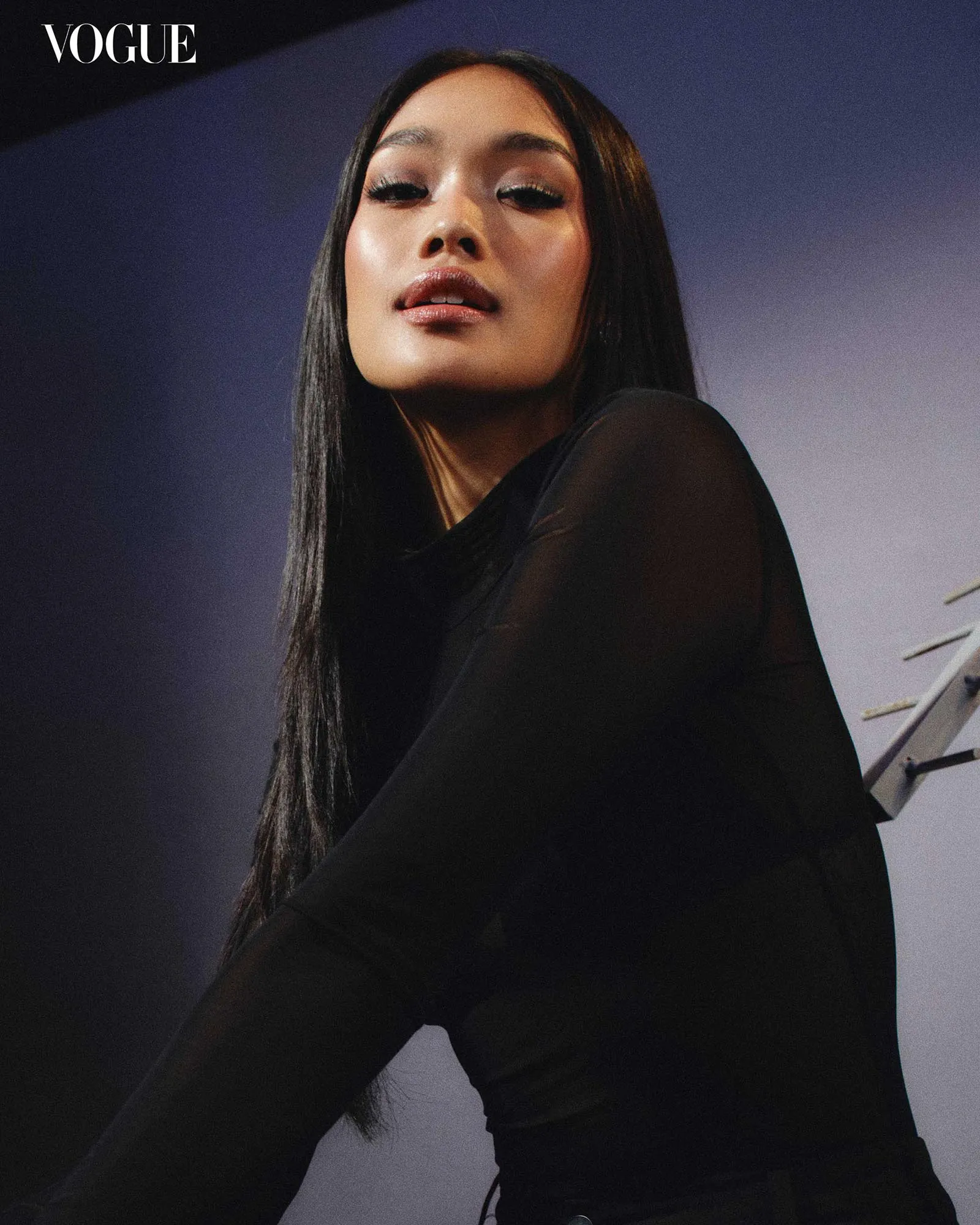
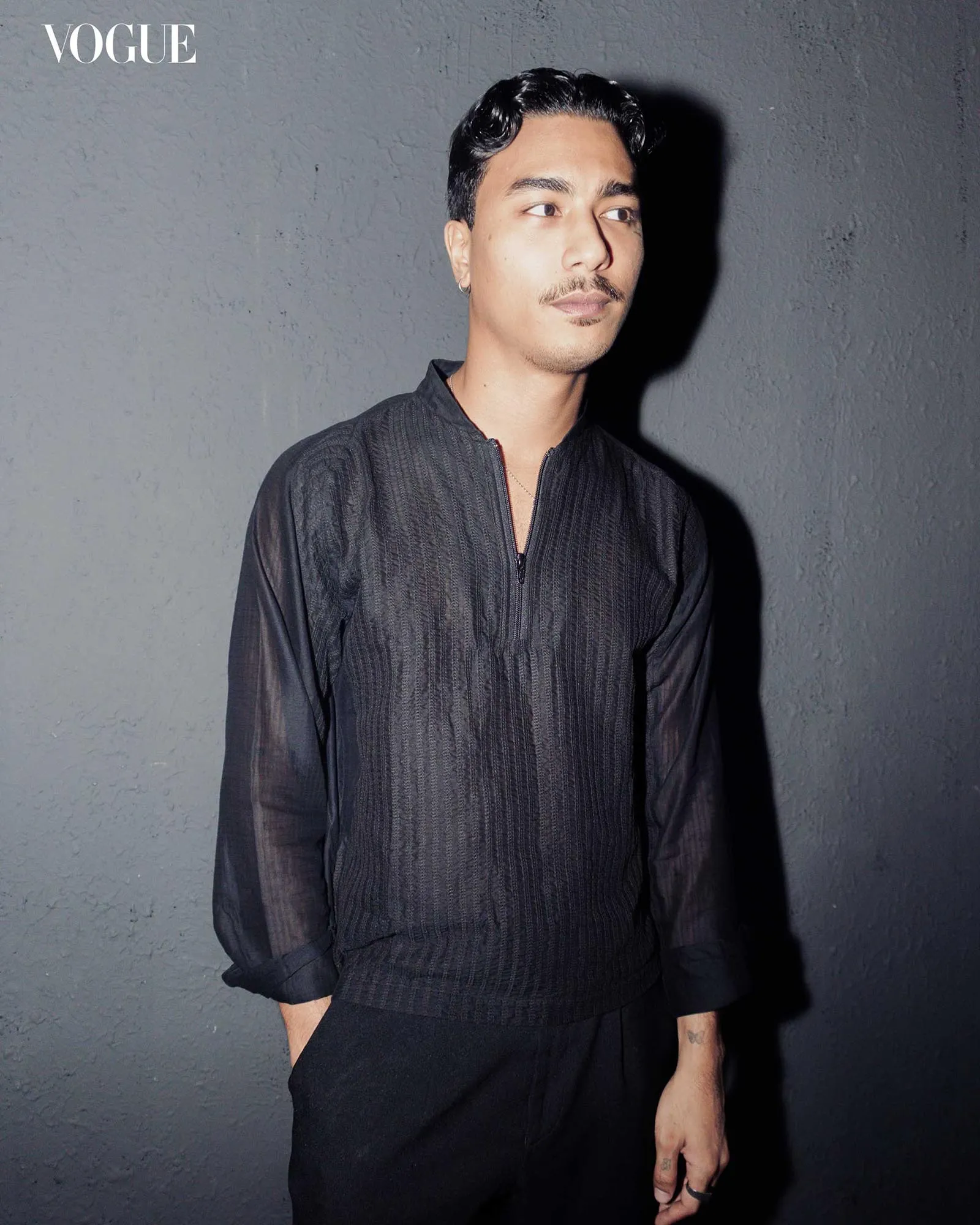
Most of the women embraced the theme in slinky bodycon dresses that evoked the catwalk energy of early-2000s Donatella Versace, or the asymmetrical elegance of early Rick Owens, accessorized with minimalist Bottega Veneta pieces or classic Chanel flap bags. Vogue Philippines editors Pam Quiñones and Audrey Carpio wore designs by Vestido, Cheetah Rivera, and Rosanna Ocampo, respectively. The men, meanwhile, leaned in the opposite direction: those not in sleek suits or shirts and ties arrived in sportswear that recalled the utilitarian flair of Rotterdam’s gabber club scene with combat trousers, and chunky army boots. Anthony Constantino turned up in head-to-toe Louis Vuitton, while Jason Dhakal wore a full Toqa look designed by Isabel Sicat.
The energy throughout the night was equal parts electric and intimate, with the space serving not just as a launchpad but as a reunion of the creative community that Vogue Philippines has collaborated with across shoots, issues, and campaigns. “We always see each other while working,” Hizon says. “This was the first time in a long while that we all gathered to celebrate each other, not a project. It felt like a hub. And that’s what Vogue Philippines’ Media Channels hopes to be, an environment for creatives to thrive together.”
With the new platforms and programs, Vogue Philippines is moving deliberately into the future of media, where content is crafted for multiple platforms and communities are not just audiences but collaborators. “This is how we’re building it,” Hizon reflects. “With intention, with collaboration, and with the belief that creativity grows when it’s shared.”
